EEA reports sharp decrease in CO2 emissions of new cars in Europe in 2020
Green Car Congress
JUNE 30, 2021
According to the EEA’s provisional data, the average emissions of new passenger cars registered in the European Union (EU), Iceland, Norway, and the United Kingdom in 2020 were 107.8 New car emissions were increasing as recently as two years ago, but the sharp drop last year shows that carmakers respond to CO2 standards. This was 14.5

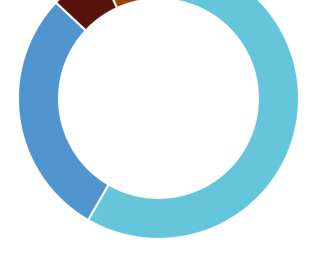


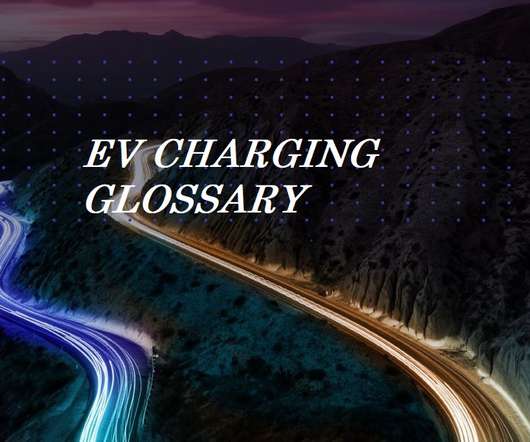


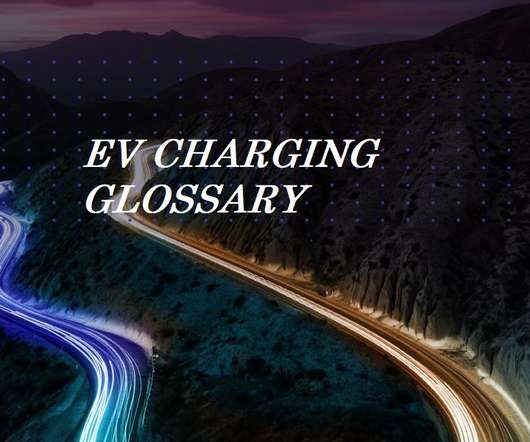


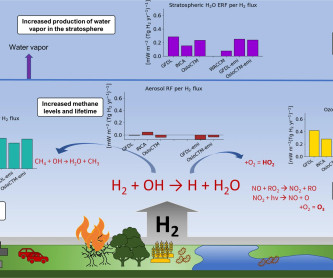



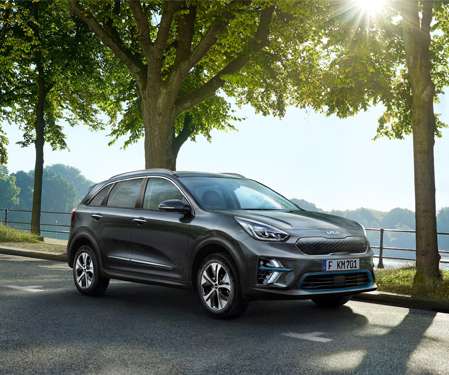










Let's personalize your content